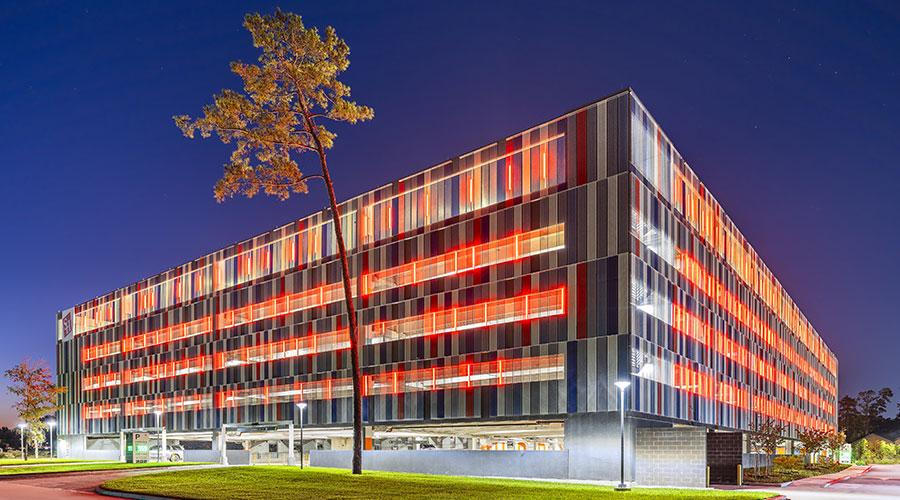Technology Updates Could Signal Need for Lighting Upgrades
Technology updates mean there may be energy and other benefits to reviewing even relatively recent lighting upgrades. New upgrades are being motivated by changes in electric rates and work tasks, financial incentives, and the opportunity afforded by routine maintenance.
Recall that years ago, many facility managers, in order to cut both wattage and electric bills, devoted time and money toward upgrading their lighting. They replaced magnetically ballasted T12 fluorescents with electronically ballasted T8 lamps, delamped fixtures, and installed specular or white reflectors or new fixtures. Incandescent lamps were changed out to compact fluorescents (CFL), and occupancy sensors began cutting wasted burn hours. Savings of 25 to 60 percent were achieved.
What possible reasons could there be to redo such good work while that efficient equipment still has life left in it? Turns out, there's a bunch.
Facility managers continue to be challenged to cut operating and maintenance costs — and the lighting technology revolution continues to offer new ways to help. Those interested in lighting upgrades are motivated by several issues: rising and changing electric rates, new work tasks and ways to improve them, tougher energy codes, and lucrative financial incentives.
Discussions with several experienced lighting consultants indicate that this is a good time "because it will likely pay to do so." While upgrades in the 1990s and 2000s cut lighting power densities from 2.5 to 4 watts per square foot (W/SF) down to 1.5 to 1.8 W/SF, some of today's options may cut that to .7 W/SF, or even lower. Where electric rates and financial incentives are high, even reduction of only 10 watts per fixture may be cost-effective.
Many upgrades may be pursued as part of routine maintenance. "Some of my clients that upgraded over 10 years ago are seeing their early model T8 ballasts starting to fail," says Stan Walerczyk, principal of Lighting Wizards and chairman of the Human Centric Lighting Society. "Rather than just replacing like-with-like, I tell them that it's time to make a facility-wide switch to more efficient equipment, such as LEDs."
Once a fixture must be accessed and opened for maintenance, the labor to do so becomes a sunk cost. The value of that investment is maximized by instead deploying whatever cost-effective options are available. Payback calculations then include only the costs of new equipment and any additional incremental labor.
Such work may involve replacing both lamps and ballasts with an LED retrofit kit that includes a "driver" (works like a ballast) and a device (shaped like a flat strip or fluorescent tube) containing many LEDs. Not only has re-lamping then been essentially eliminated for a long time, but the energy cost of lighting may be cut by 20 percent or more.
Some early upgrades maintained the parabolic louvers found in fixtures from the 1980s and 1990s. A variety of new kits and lenses are now available, says Walerczyk, that provide a more modern look while eliminating the "cave effect" (darkened ceilings and upper walls) those louvers created.
Not yet ready to make the leap to LEDs? Just change lamp and ballast specs so the facility buys only super T8s that provide about the same lumens, using fewer watts, while lasting almost as long as LEDs. While more expensive than standard T8s, the ROI, when accounting for both reduced energy and maintenance costs, may be acceptable.
Related Topics:














